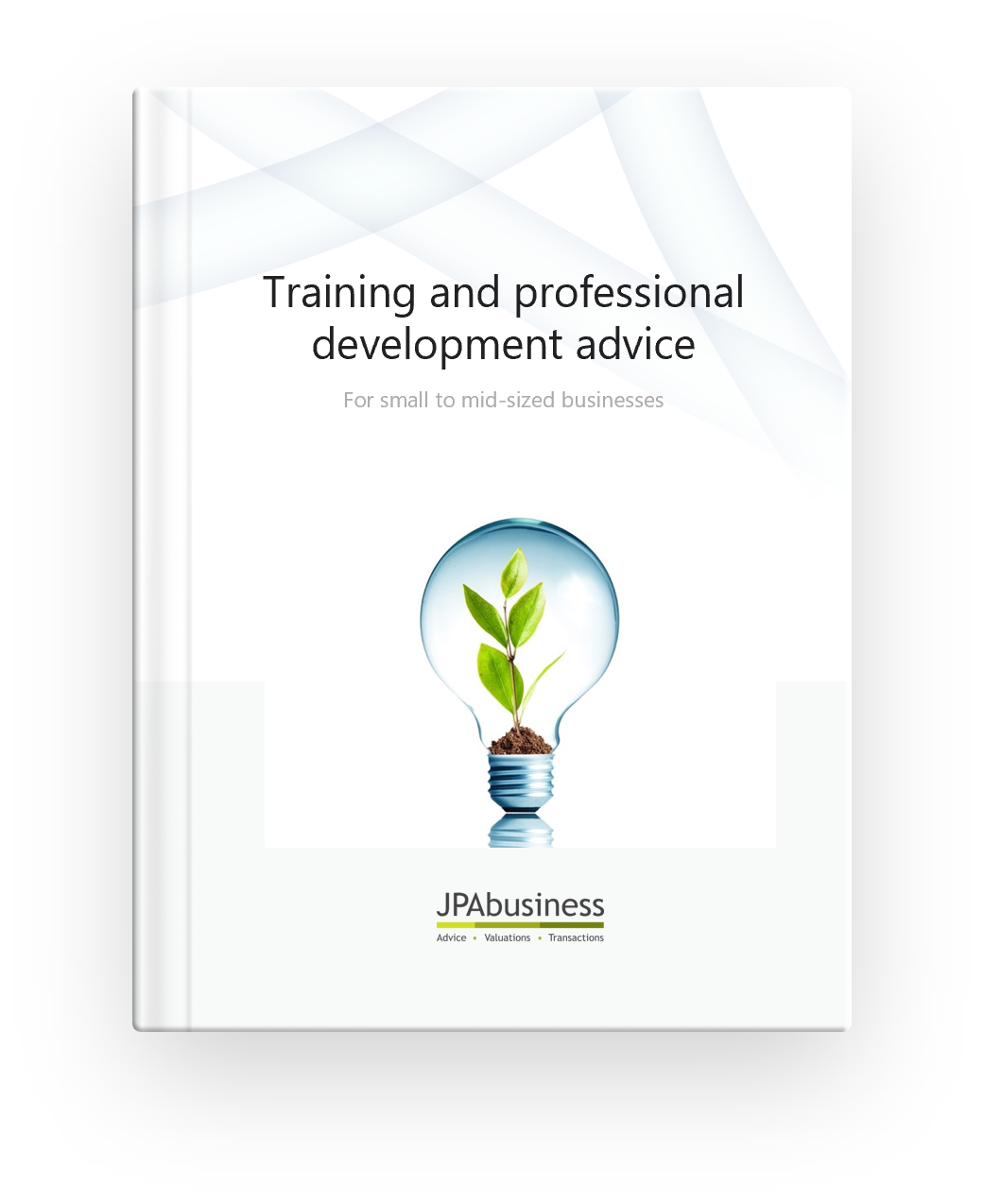What is the difference between training and professional development?
Training is about ensuring your employees have the required skills and expertise to carry out the tasks for which they are responsible.
Professional development is a more long-term concept and is about helping your employees prepare to perform additional duties in future roles.
What are the benefits of having trained people in my organisation?
1. Investing in training boosts employee competence and, hence, confidence;
2. Employees who feel confident and successful in their roles have higher levels of job satisfaction, which leads to higher retention rates;
3. Lower staff turnover means less disruption to your business, so less chance of negative impacts on productivity;
4. Increased skills and motivation within the team help improve efficiency and productivity and, hence, business profitability;
5. In many cases training is necessary to maintain the qualifications and accreditations necessary for business operations;
6. Professional development takes training to a higher level, allowing team members to develop leadership skills and work towards their own goals as well as those of your business – a highly motivating combination.
How do I maximise my return on investment in training?
Training is not a one-off event, undertaken for a day or two and forgotten.
To realise the full benefit, it must be incorporated into the wider staff management process.
Here are some simple steps you could follow in a typical training scenario:
Step 1: Before attending training, the team member and their manager should meet and agree on the outcomes they want to see from the training. You can use our Staff Training Template or the Professional Development Plan Template.
Step 2: When the team member returns from training, they should prepare a brief report on what they learned.
Step 3: Within a week of completing training, the team member and manager should meet again, discuss the report and plan the next phase i.e. implementing what has been learned.
Step 4: One month later they should meet again, at which time the team member will give examples of how they have used what they learned.
If you, as a business owner or manager, think of training as simply ‘ticking a box’ and perhaps gaining a tax deduction, you’ll miss a huge opportunity to develop your team and increase your business’ value.
How do I determine what training is needed?
If you have a performance management and review process in place, it will identify knowledge and skill gaps for individual employees, showing where training and development is required.
A review process will also identify where already skilled employees need information to support their growth to gain more advanced knowledge, and further develop their own business and leadership skills.
For more information on training and professional development, download our free ebook: Training and Professional Development Advice for Small to Mid-Sized Businesses.
If you need help implementing a staff training and professional development plan for your business, contact the team at JPAbusiness on 02 6360 0360 or 02 9893 1803 for an obligation-free consultation.

